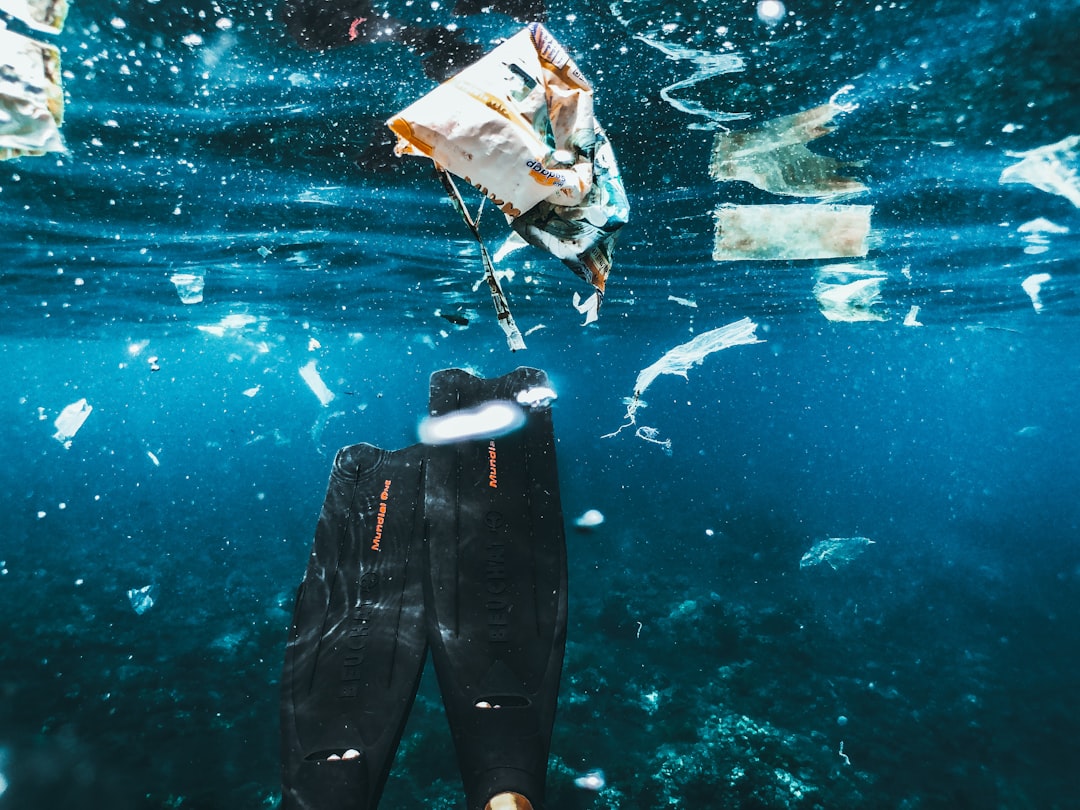- How Meteorologists Predict Storms Using Satellite Data - October 3, 2025
- What Causes Rainbows And Why They’re Always Curved - October 1, 2025
- 3 Industries Face Crushing New Tariffs as Trade War Escalates - September 28, 2025
The Silent Invasion of Our Oceans
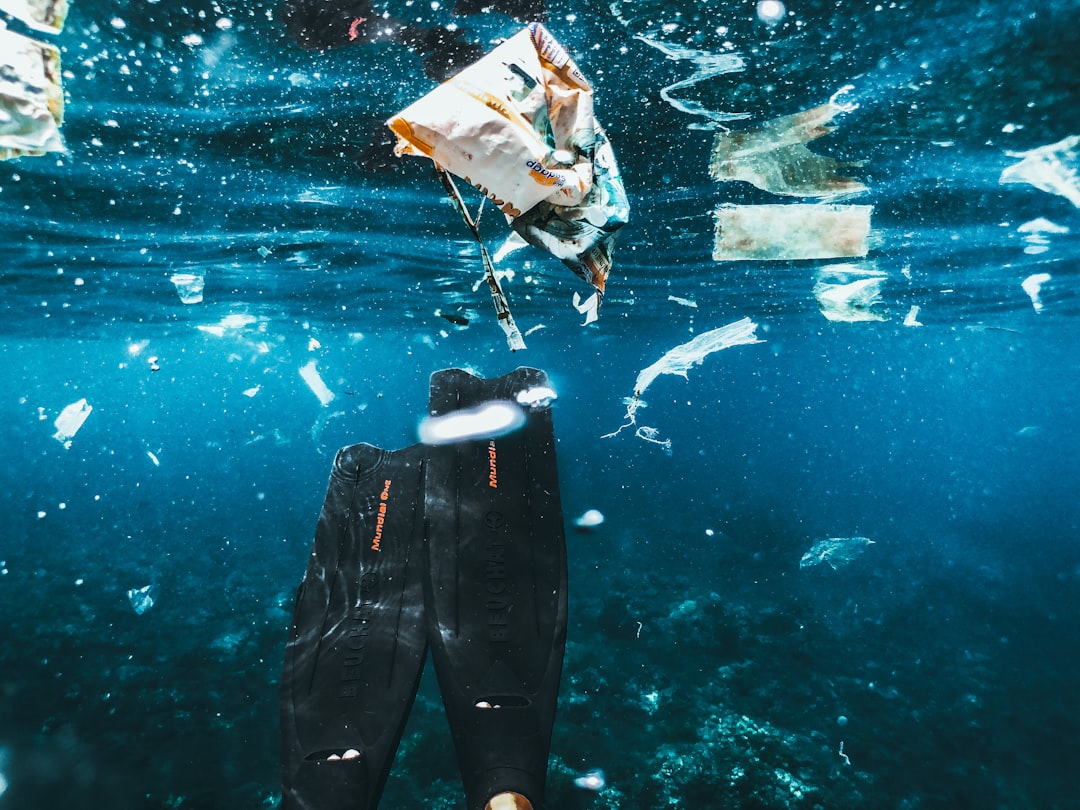
Picture this: you’re enjoying fresh seafood at your favorite restaurant, unaware that each bite contains hundreds of microscopic plastic fragments. According to 2023 statistics from the United Nations Food and Agriculture Organization, Hong Kong residents consume an average of 65 kilograms of seafood per person per year, which is more than three times the global average of about 20 kilograms. What makes this statistic alarming is the growing body of evidence showing how extensively microplastics have infiltrated our marine food systems.
Microplastic contamination has rapidly become a serious environmental issue, threatening marine ecosystems and human health. A recent estimate suggests that as much as 358 trillion microplastic particles are floating on the surface of the world’s oceans, with untold trillions more in deeper reaches. These tiny plastic particles, smaller than five millimeters, have become one of the most pervasive pollutants on our planet, infiltrating everything from the deepest ocean trenches to the highest mountain peaks.
What Makes Microplastics So Dangerous
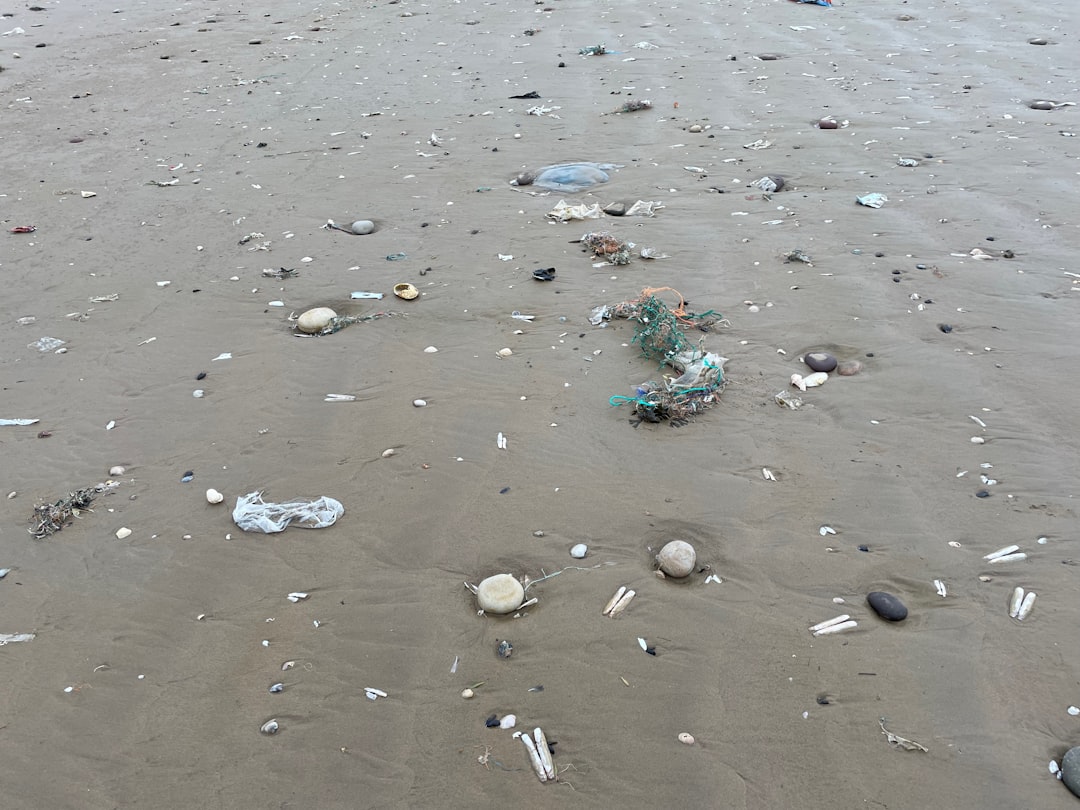
Microplastics are little plastic particles with a size of less than 5 mm. They have become prominent pollutants in aquatic habitats. Microplastics originate from multiple sources, such as the fragmentation of large plastic waste, the degradation of synthetic fabrics, and the deliberate discharge of small plastic objects. What’s particularly concerning is their persistence – unlike organic waste that decomposes, these synthetic particles can remain in the environment for hundreds of years.
The real danger lies in their size and behavior. Their prevalence is particularly worrisome because these tiny particles are easily mistaken as food by marine life. The smaller the microplastic particles, the more species that can ingest them, from huge filter-feeding whales to tiny organisms at the base of the food chain collectively known as plankton. Once ingested, these particles don’t simply pass through organisms – they accumulate, creating a cascade of problems throughout the marine ecosystem.
Marine Organisms Under Siege
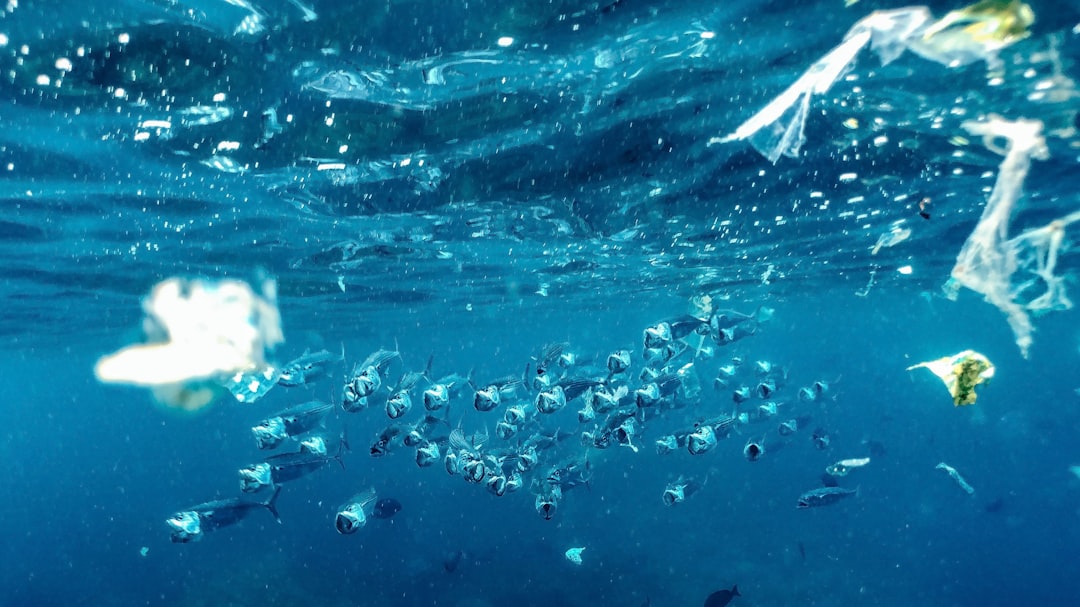
Because they are so small, wildlife often mistake microplastics for food. Fish, mussels, and even whales consume microplastics. Lab studies have shown that microplastics and chemicals in plastics may delay an animal’s development, cause problems with reproduction, and even make it difficult for them to fight off disease. The impacts extend far beyond simple ingestion, affecting fundamental biological processes that marine creatures depend on for survival.
Microplastics can cause intestinal obstructions, poor food absorption, and even fatal if consumed directly or through affected prey. Marine animals experience what scientists call “false satiation” – their stomachs fill with indigestible plastic, leaving less room for nutritious food. This leads to malnutrition and weakened immune systems, making them more vulnerable to disease and predation.
The Toxic Hitchhikers
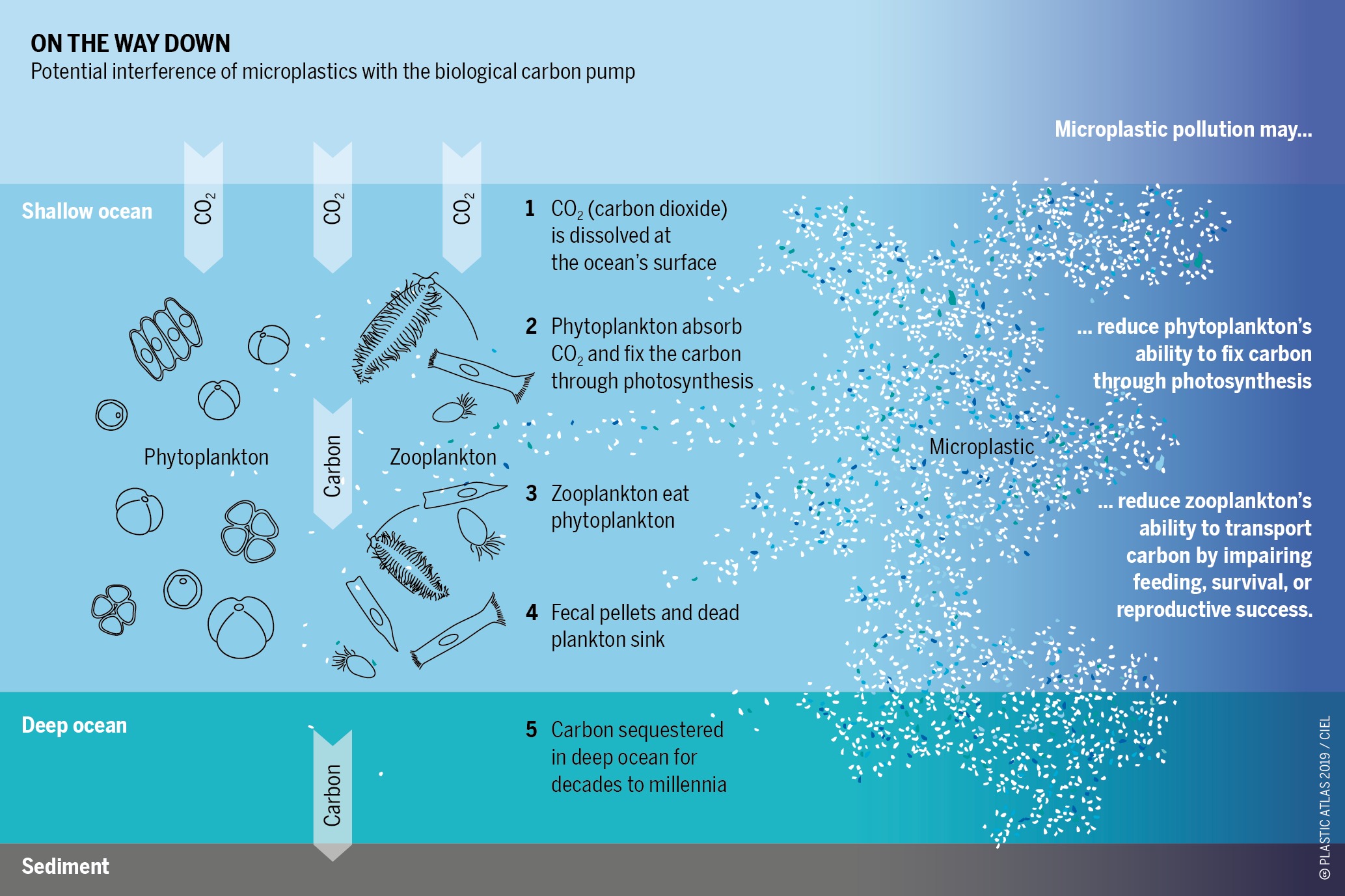
Microplastics attract and carry pollutants in the water, as well as release chemicals into the water around them that were added to make the original plastic products they came from colorful or flexible. This creates a double threat – the physical harm from plastic particles themselves, combined with the chemical cocktail of toxins they transport through marine environments.
Microplastics act as transporters for a variety of chemical contaminants. Furthermore, microplastics can operate as chemical transporters, absorbing pollutants from the environment and releasing them into the tissues of unwary species. These contaminated particles become concentrated poison pills, delivering harmful chemicals directly into the tissues of marine organisms where they can cause inflammation, disrupt hormones, and damage DNA.
Climbing the Food Chain
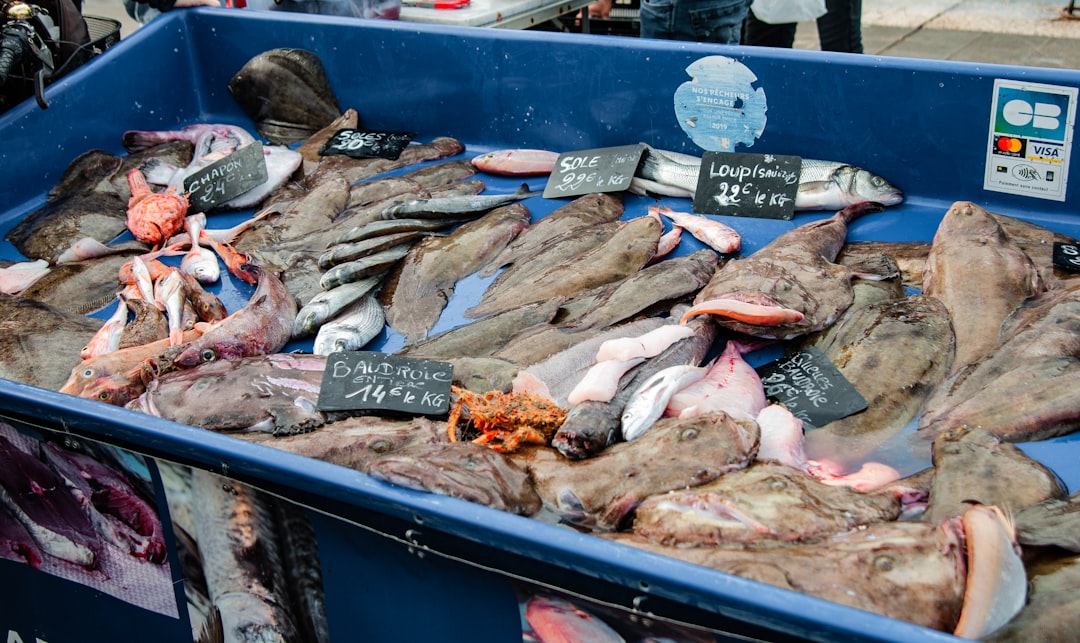
Given the infiltration of microplastics in marine ecosystems, there is a mechanism by which microplastics and the toxins they carry are transferred through the marine food chain, potentially impacting human well-being. Contaminants associated with microplastics can accumulate and magnify as larger organisms consume smaller ones, eventually reaching human consumers who rely on seafood for sustenance. This process, known as bioaccumulation, means that top predators – including humans – face the highest concentrations of plastic-related toxins.
Combined, these findings indicate that, although bioaccumulation of MPs occurs within trophic levels, no clear sign of MP biomagnification in situ was observed at the higher trophic levels. However, recent modeling studies suggest the potential for significant biomagnification under certain conditions. Model predictions revealed that microplastics can bioaccumulate in all predator-prey relationships, but biomagnification is highly dependent on the elimination rate.
Crossing Into Human Bodies
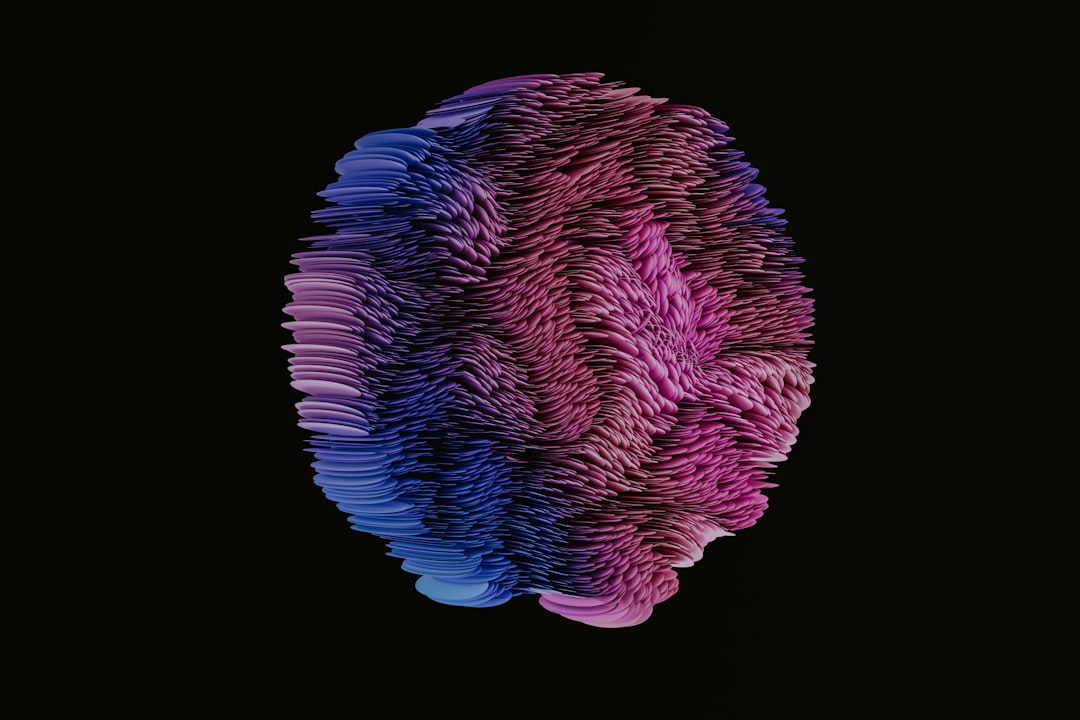
Microplastics have been discovered in seafood and can infiltrate the human food chain, thereby accumulating in our bodies. The prolonged health implications of microplastic accumulation are mainly unknown, but studies have connected microplastics to inflammation, genotoxicity, and endocrine disruption. What’s particularly alarming is how quickly scientists are discovering these particles in human tissues.
A new study shows that microplastics are making their way into human brains — with potentially dangerous effects on people’s health and mental acuity. A paper published Monday in Nature Medicine found that the tiny fragments of plastic are passing the blood-brain barrier and into human brains, and the amount of microplastics in the brain appears to be increasing over time. The concentration of microplastics in analyzed brains rose by about 50 percent from 2016 to 2024.
Breaching the Brain’s Fortress
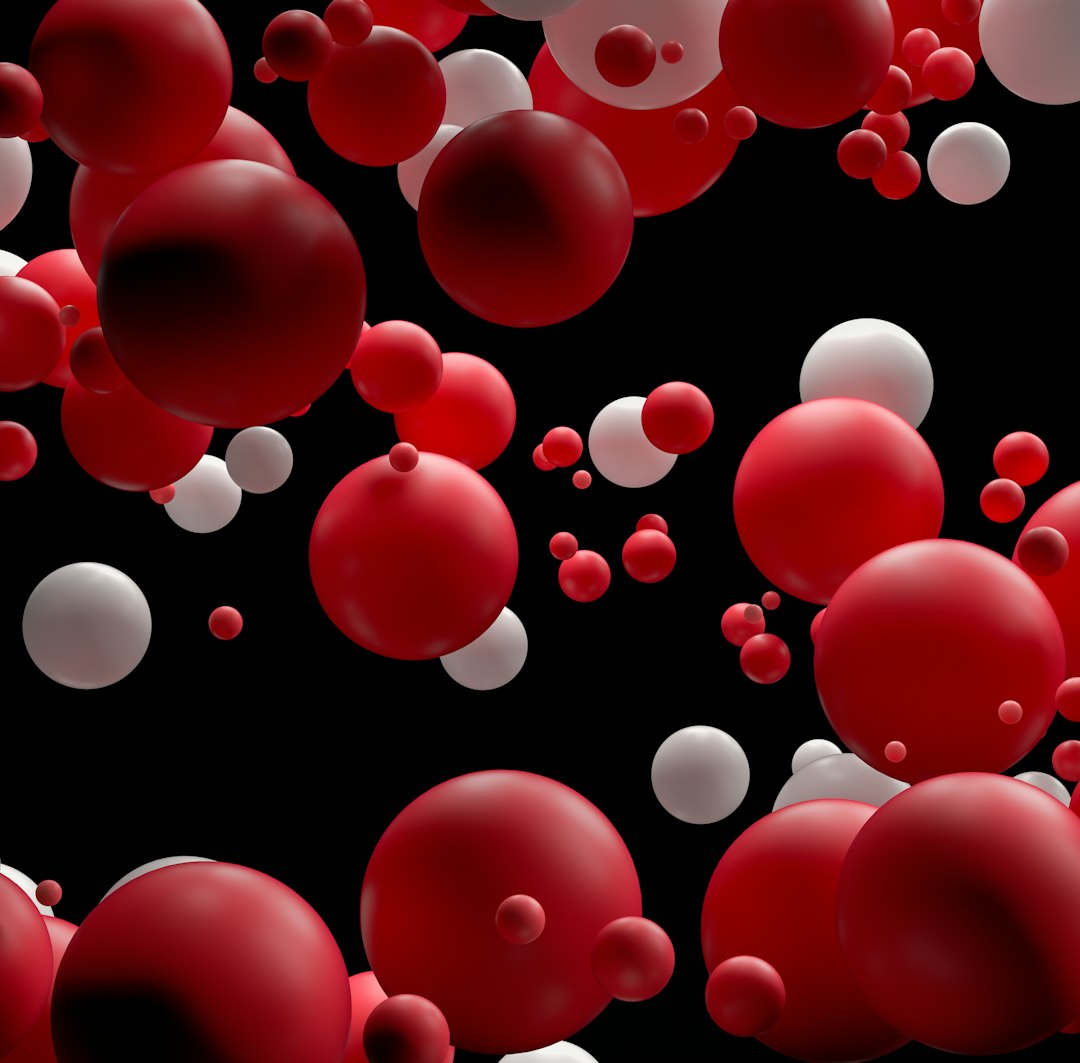
The blood–brain barrier (BBB) is an important biological barrier that protects the brain from harmful substances. In our study we performed short term uptake studies in mice with orally administered polystyrene micro-/nanoparticles (9.55 µm, 1.14 µm, 0.293 µm). We show that nanometer sized particles—but not bigger particles—reach the brain within only 2 h after gavage. This discovery shattered previous assumptions about what could penetrate our brain’s protective barrier.
Her lab not only found that the particles induced cognitive changes, but they were also able to cross the highly protective brain blood barrier. “We were very surprised to see that,” said Ross. “The brain blood barrier is supposed to be very difficult to permeate. It is a protective mechanism against viruses and bacteria, yet these particles were able to get there. The implications of plastic particles accumulating in brain tissue are still being studied, but early research suggests serious cause for concern.
Neurological Consequences Emerge
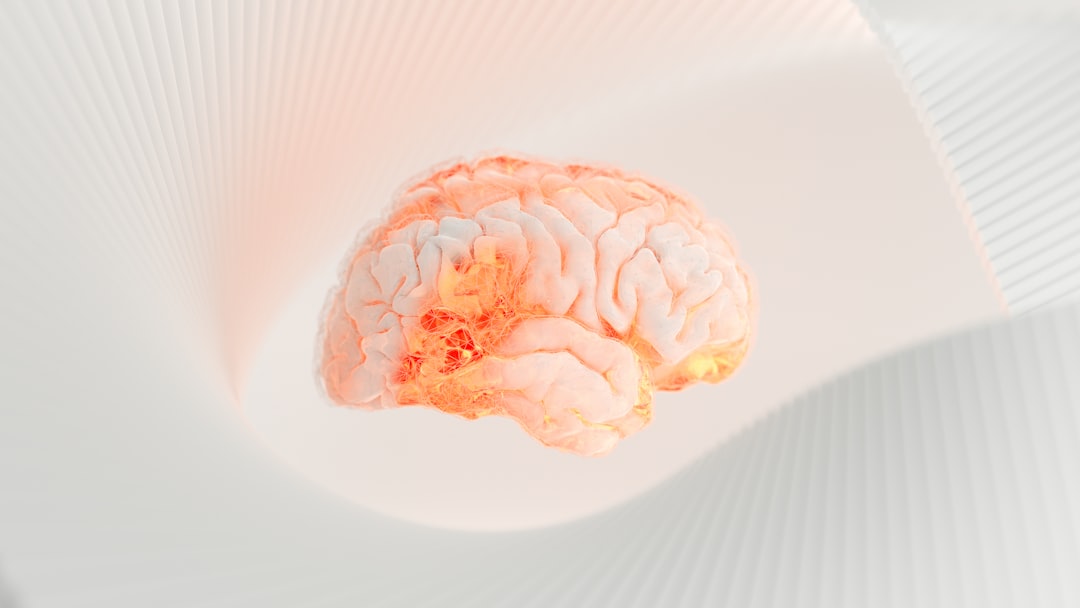
We show that circulating MPs are phagocytosed and lead these cells to obstruction in the capillaries of the brain cortex. These blockages as thrombus formation cause reduced blood flow and neurological abnormalities in mice. This groundbreaking research revealed that microplastics don’t just passively accumulate in brain tissue – they actively disrupt normal brain function by blocking blood vessels.
In the recent study, the Ross lab found that in just three weeks of exposure to microplastics through drinking water, the particles had not only begun to bioaccumulate in every organ, including the brain, but also that the study mice exhibited behaviors akin to dementia in humans. “To us, this was striking,” says Ross. “These were not high doses of microplastics, but in only a short period of time, we saw these changes.” She adds that while the lab expected to see some amount of inflammation in response to the microplastics exposure, they also found a decrease in glial fibrillary acidic protein (called “GFAP”), a protein that supports many cell processes in the brain. “A decrease in GFAP has been associated with early stages of some neurodegenerative diseases, including mouse models of Alzheimer’s disease, as well as depression,” says Ross.
Human Health Consequences Unfold
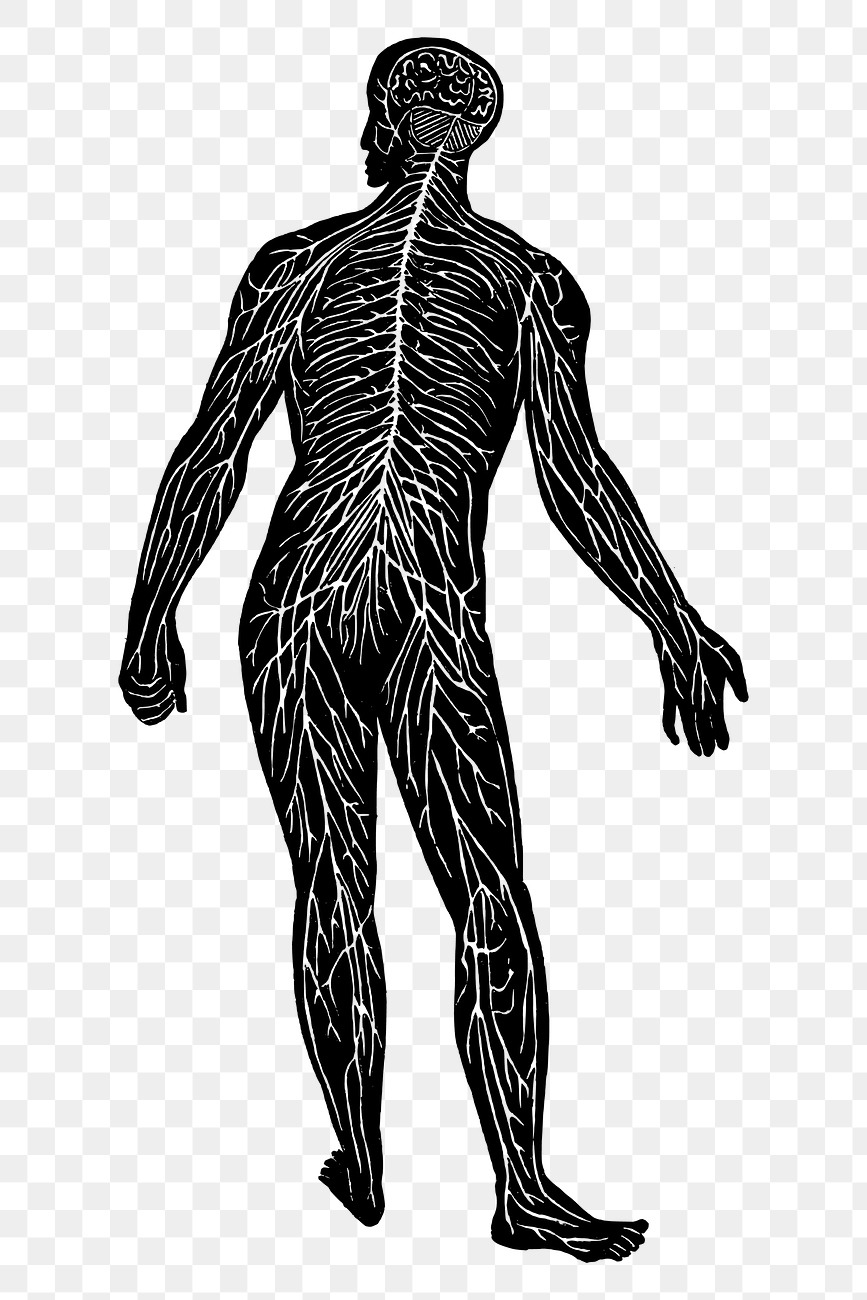
The diminutive dimensions of MPs result in their ingestion by various marine organisms, causing disturbances in their physiological processes. This subsequently permeates through the food chain, giving rise to adverse health effects in humans. Exposure to MPs induces oxidative stress, microbial dysbiosis, and persistent inflammation within the human organism. These particles have also been associated with cancer and may also impact the development of the fetus. The scope of potential health impacts continues to expand as research progresses.
Microplastics have been identified in the liver, placenta, blood, testicles and even certain arteries that lead to the heart. What’s particularly concerning is that The scientists also examined the brains of 12 deceased patients diagnosed with dementia, and found that they had three to five times as much microplastics as normal brains, though researchers caution that more studies are needed to establish causation.
The Oceanic Carbon Crisis
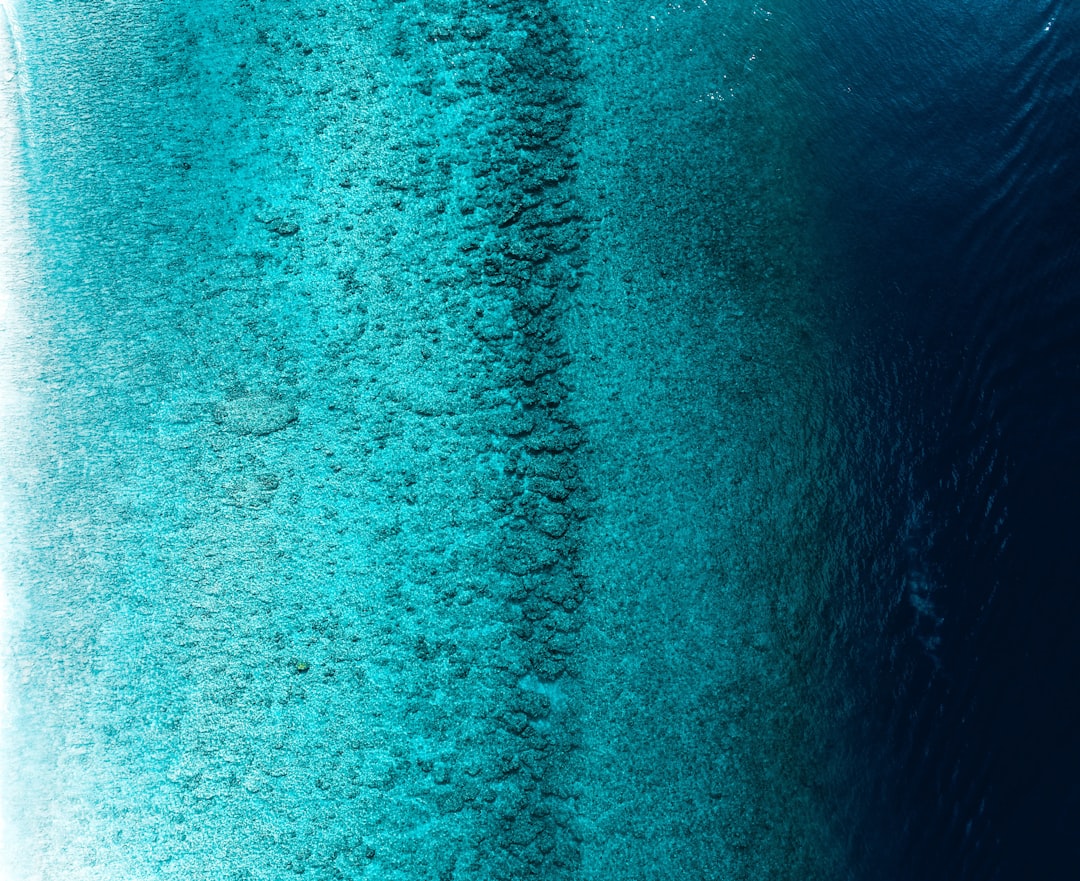
Oceans represent Earth’s largest natural carbon store and are crucial to mitigate atmospheric CO2 increase. Carbon taken up by plankton and stored in the deep ocean — known as the biological carbon pump — is a major process in ocean carbon storage. Microplastics may “clog” this pump and slow ocean carbon uptake. This represents a hidden climate crisis within our existing climate emergency.
Microplastics in marine sediments alter microbial communities and disrupt nitrogen cycling, potentially magnifying human-caused problems like toxic algal blooms. Changes in plankton communities at the ocean surface could exacerbate deoxygenation driven by climate change, starving marine organisms of oxygen. The interconnected nature of these impacts means that microplastic pollution is not just an environmental problem – it’s threatening the very systems that regulate our planet’s climate.
A Growing Global Emergency
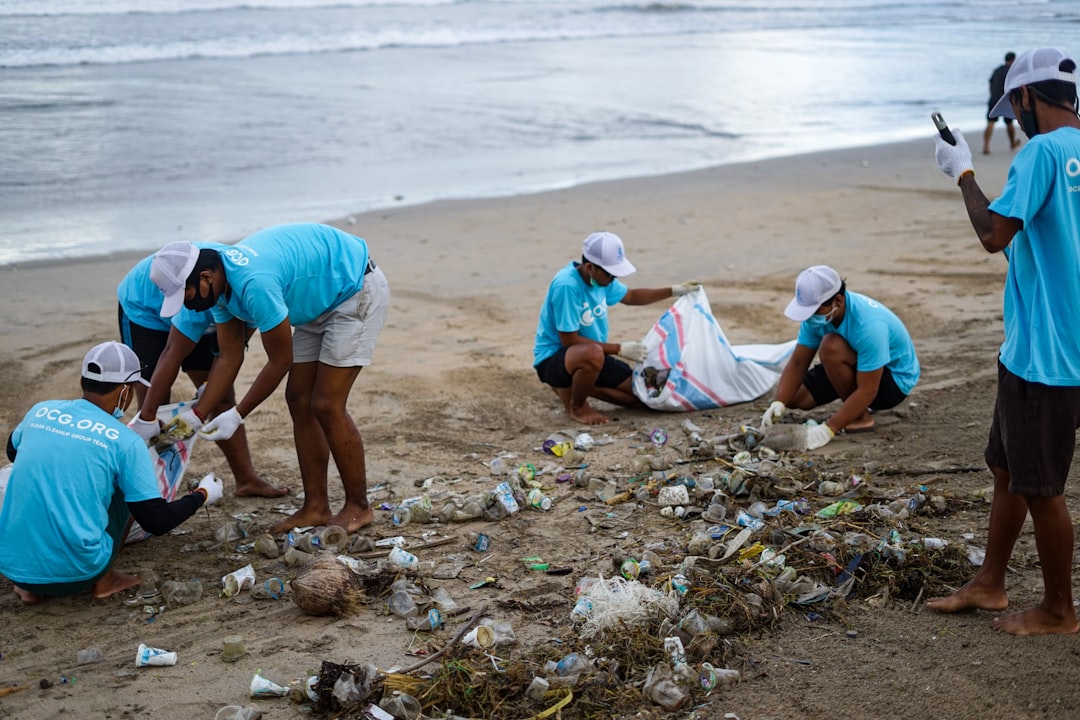
An estimated 12 million metric tons of plastic currently enters the ocean each year. This plastic debris gradually breaks down into smaller and smaller fragments — micro- and nanoplastics — which, while less visually striking, can have serious effects on marine ecosystems and may even pose a threat to the stability of Earth’s climate. The scale of this pollution is accelerating faster than our ability to understand or address its consequences.
Worse, the plastic accumulation appears to be growing over time, having increased by 50% over just the past eight years. The rate of accumulation mirrors the increasing amounts of plastics waste on this planet, Campen said. Plastic production around the world continues unabated, but even if it were halted tomorrow, it would be a ticking timebomb. Because it can take decades for existing polymers to decay into microscopic particles, concentrations of micro- and nano-plastics in the environment will continue to grow for years to come.
The Path Forward
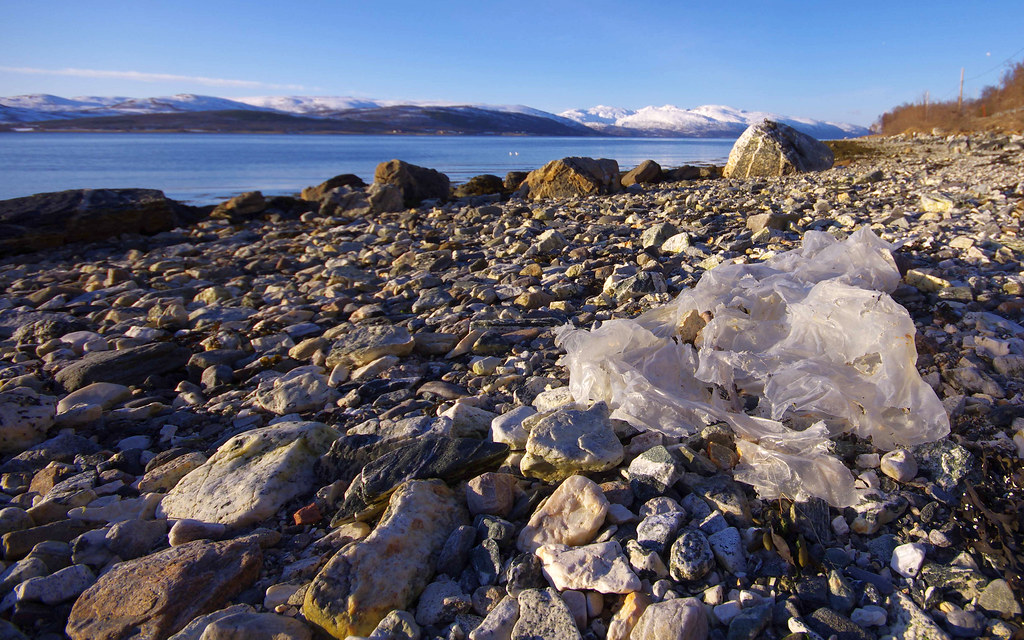
In March 2022, the United Nations Environment Assembly (UNEA) signed a landmark resolution to negotiate a legally binding international agreement for addressing plastic pollution by the end of 2024. Negotiations are ongoing, with the zero draft of the treaty released in early September. Encouragingly, that version explicitly addresses plastic pollution in the marine environment — and it does much more: “What is really striking about the global plastics treaty mandate is parties have agreed to look at plastics across [the] entire life cycle,” Muffett says.
However, the urgency of action cannot be overstated. The adverse effects of microplastics pollution in the marine environment spans from molecular level of organism to its physiological actions and include poor health of organisms and poor economic services. Thus immediate actions are urgently required against the unnecessary use of plastics and its products. Strict measures must be enforced at national and international levels against the use of plastics. The window for preventing catastrophic impacts is narrowing rapidly.
The evidence is clear: microplastics represent one of the most insidious environmental threats of our time. From disrupting marine ecosystems to accumulating in human brains, these tiny fragments of our throwaway culture are creating consequences we’re only beginning to understand. While international efforts are underway to address this crisis, the exponential growth of plastic pollution means that every day of delay makes the problem exponentially harder to solve. The question isn’t whether microplastics will continue to impact marine life and human health – it’s whether we’ll act quickly enough to prevent the most catastrophic outcomes.

